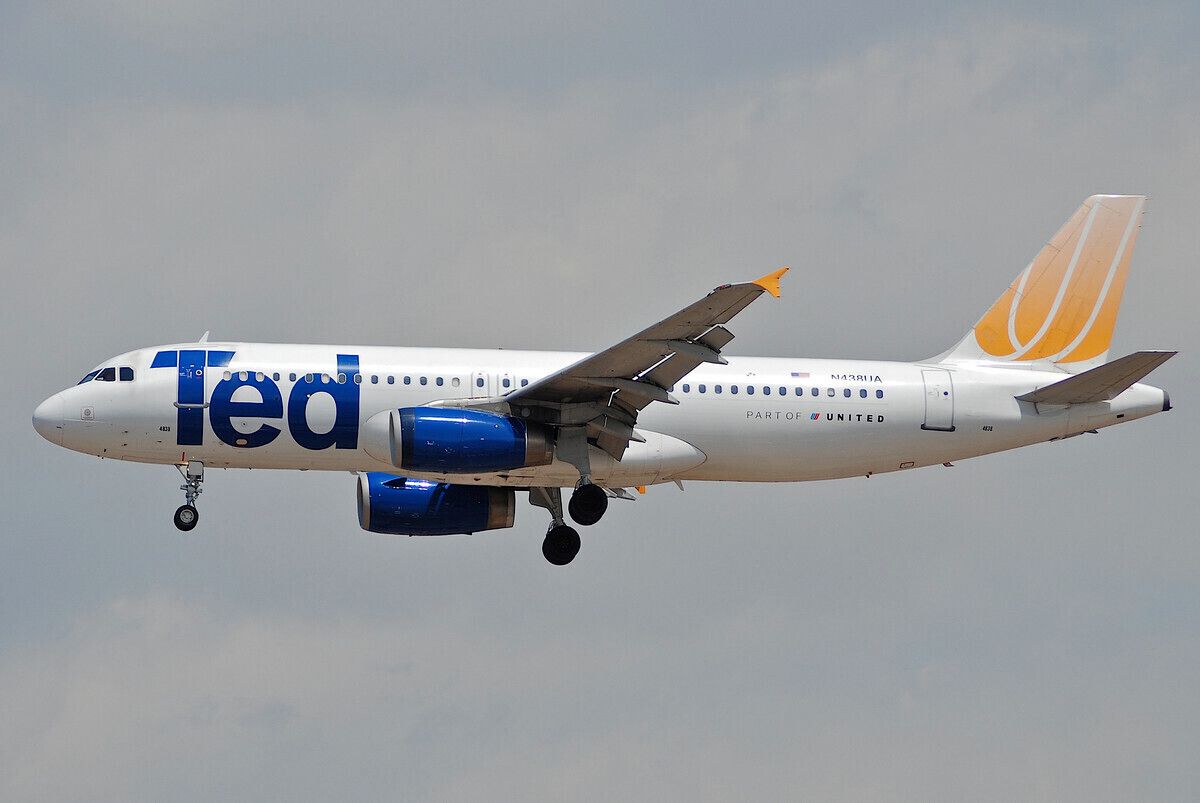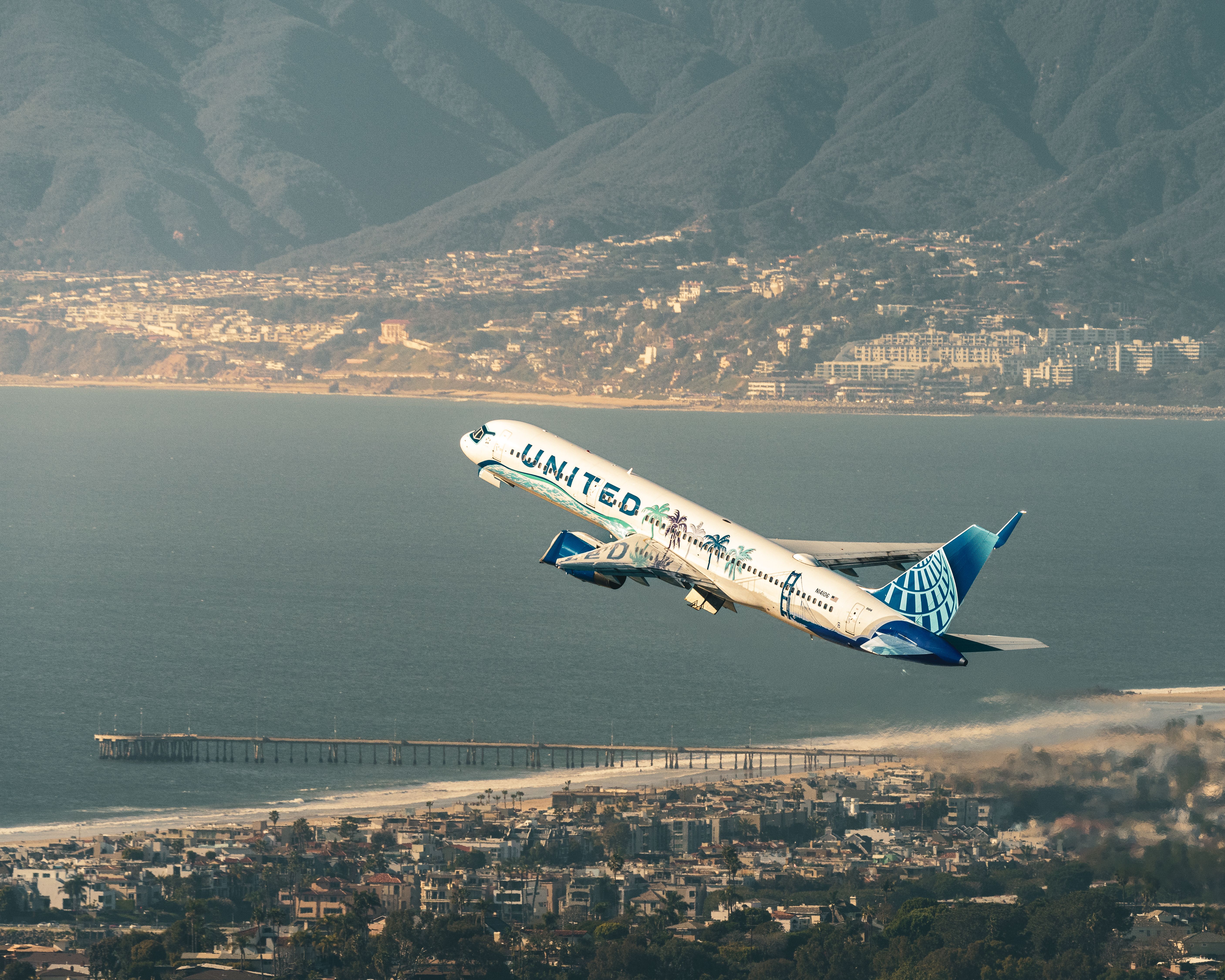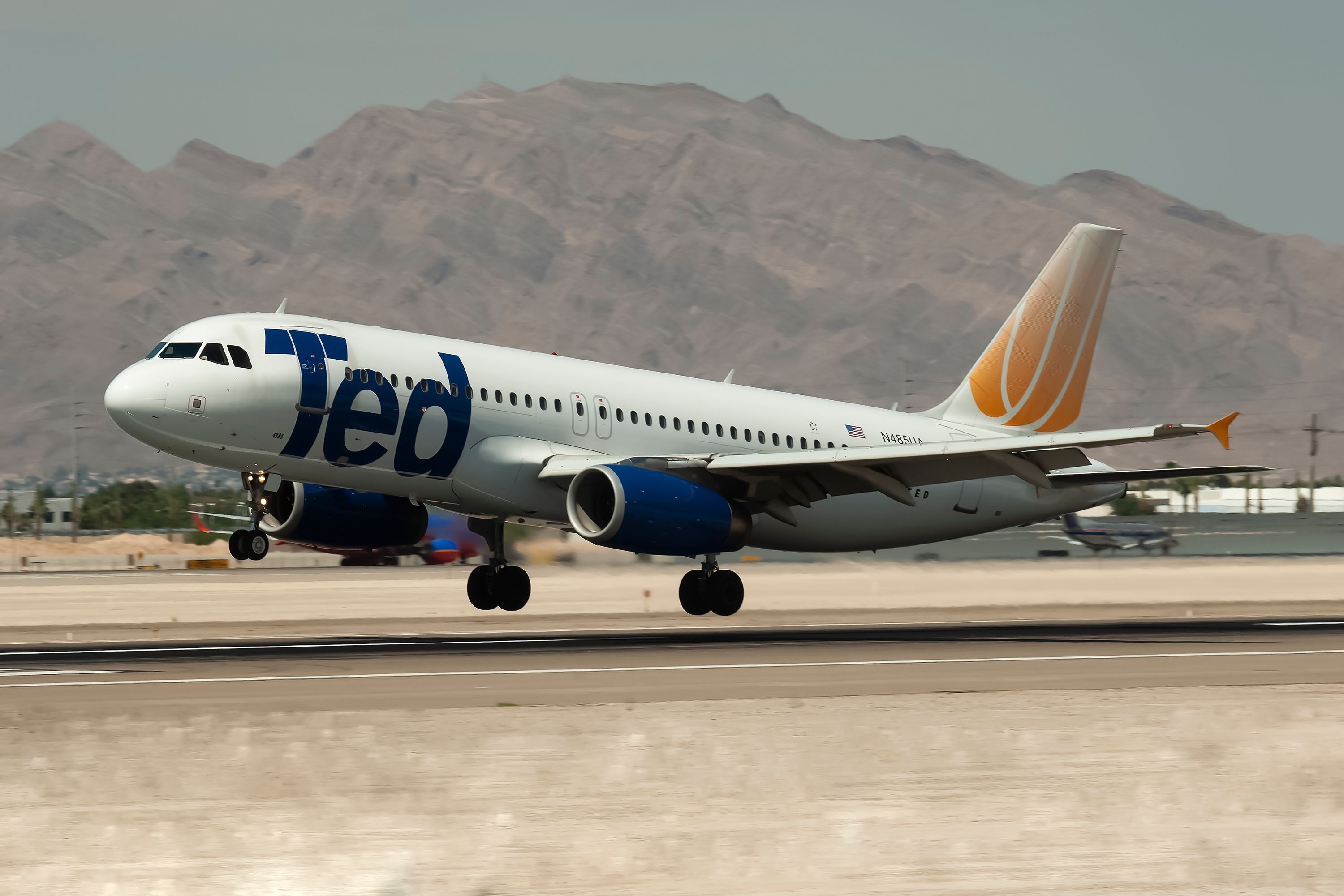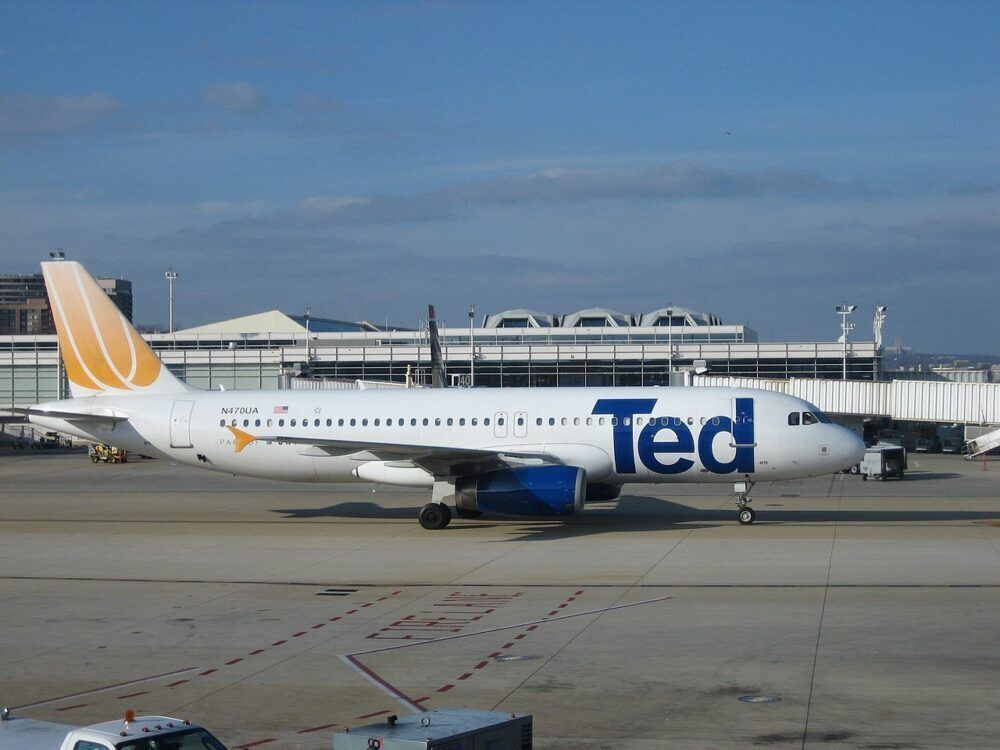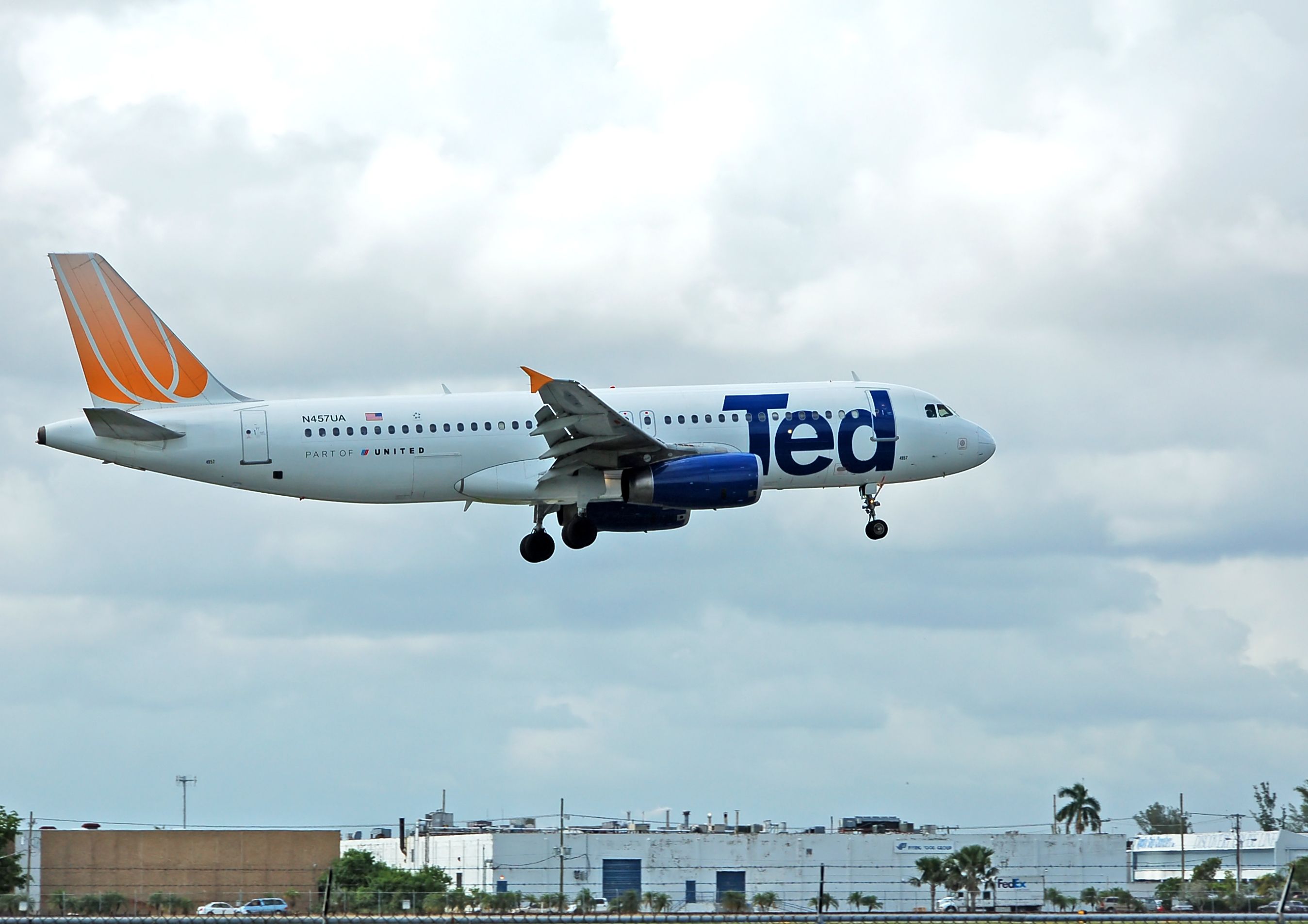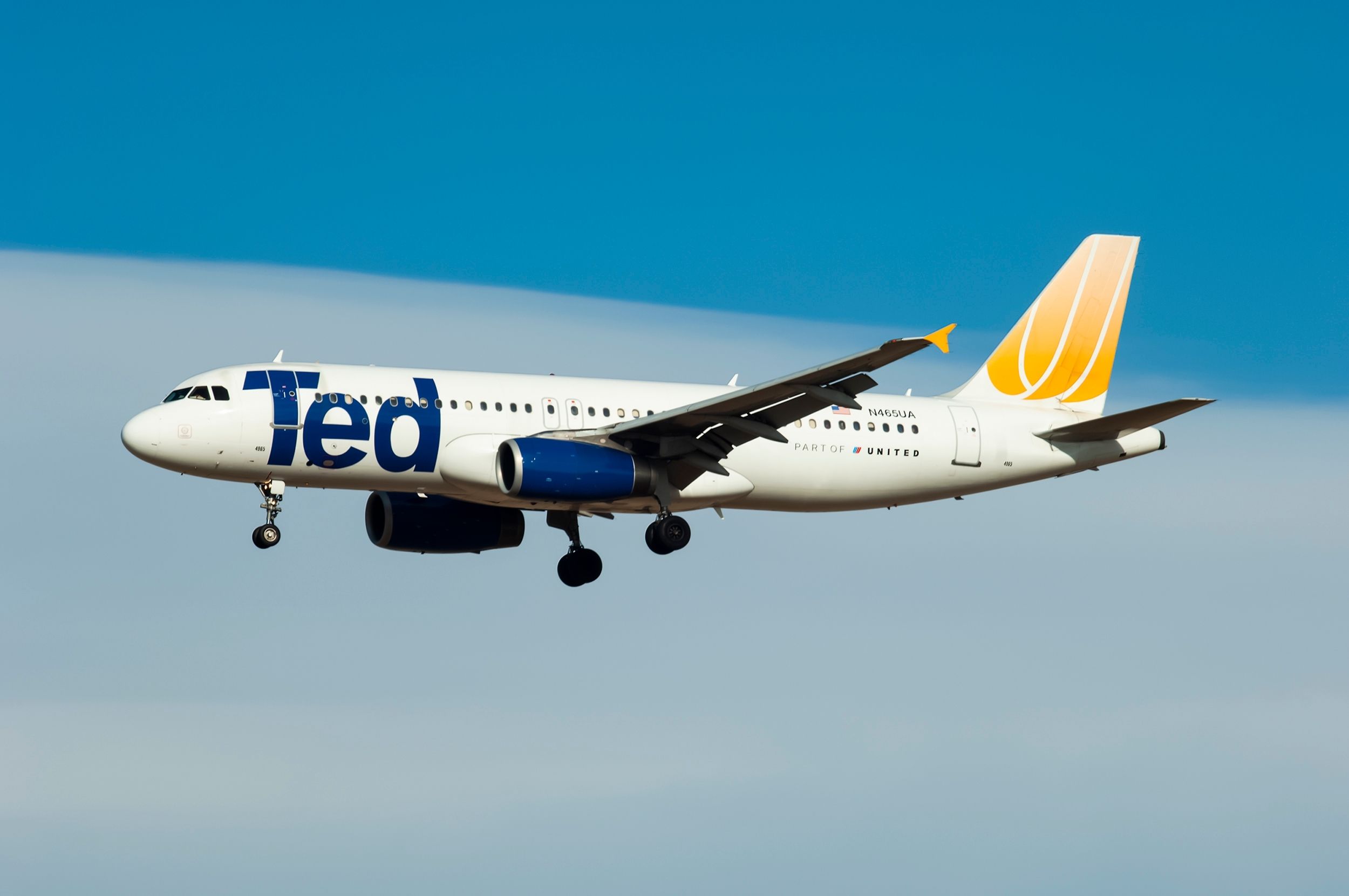Star Alliance founding member United Airlines is one of the US's 'big three' carriers, along with American and Delta. While the Chicago-based airline is a large company in its own right, it has also had several sub-brands over the years. For example, to this day, a collection of regional carriers operate its regional services under the United Express umbrella. These flights feed into United's mainline network.However, if we look a little further back into history, a United-owned low-cost subsidiary named Ted emerges. As it happens, today marks exactly 19 years since this quirky carrier commenced operations, as it did so on February 12th, 2004. With this in mind, we thought we'd take a look back at this short-lived airline's history.
What was Ted?
Ted came into existence in the early to mid-2000s, fuelled by the growth of US low-cost carriers like Frontier Airlines. This prompted United Airlines to decide to launch its own budget subsidiary, in order to compete in this busy and valuable market. Around this time, fellow US legacy carrier Delta Air Lines made a similar move, launching its own low-cost brand called Song.
Love aviation history? Discover more of our stories here!
Having been launched as a concept in November 2003, Ted commenced operations three months later, on February 12th, 2004. As Ted was a United sub-brand rather than an independent airline in its own right, it flew under United's Air Operator's Certificate (AOC). As it happened, this had several operational advantages.
This meant that the aircraft and crew on its flights came from the Chicago-based mainline carrier, with this combination offering both airlines greater flexibility. This was because, if operational requirements demanded it, United Airlines planes could operate Ted flights, and vice versa. In the dynamic and ever-changing world that is 21st-century commercial aviation, this was a very useful benefit indeed.
However, the sub-brand would last less than five years, and Ted eventually ceased operations in January 2009, when it was merged back into United in response to rising fuel prices. United Airlines announced these plans in June 2008. The removal of Boeing 737 Classic series aircraft from United's fleet was also a factor in its decision to terminate the brand, as it needed Ted's capacity to replace these.
Get all the latest aviation news for North America here!
Where did Ted fly?
Ted's primary hub was Denver International Airport (DEN) in Colorado, which also remains a key base for United Airlines' mainline and regional brands today. The carrier also had secondary hubs at Chicago O'Hare (ORD), Los Angeles International (LAX), San Francisco International (SFO), and Washington Dulles Airport (IAD). In this sense, its operations were much like the mainline side of United Airlines.
By the time the brand was merged back into United's mainline operations, Ted was serving a grand total of 23 destinations from these hubs on a low-cost basis. While it primarily focused on US-centric domestic operations, the carrier's reach did also extend further afield. Indeed, its network once also included services to the Caribbean and Latin America, serving Mexico and Puerto Rico.
A very uniform fleet
United Airlines branded its Ted aircraft in a similar manner to the planes that made up the rest of its mainline fleet, with the signature tulip design on the tail. However, this was painted in gold. The rest of the aircraft remained plain white, save for the airline's name, and a decal acknowledging that Ted was "part of United."
The US legacy carrier chose the name Ted as these are the last three letters from the first word in its own name. According to the New York Times, this led to running jokes in the industry that other carriers would follow suit, which included such suggestions as American Airlines launching a low-cost brand simply called 'Can.'
According to data from Planespotters.net, Ted's fleet consisted of 56 Airbus A320-200 aircraft. In contrast to their previous roles at United, these all featured a one-class cabin, with 156 economy seats. This reflected Ted's low-cost operating model. When they returned to United, they were refitted with a two-class setup featuring a 12-seat premium cabin at the front of the aircraft, as they had had before.
Did you know that United used to have a low-cost subsidiary called Ted? Perhaps you even flew with the airline during its five-year operational spell? Let us know your thoughts and experiences in the comments!
Sources: New York Times, Planespotters.net

